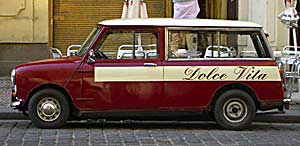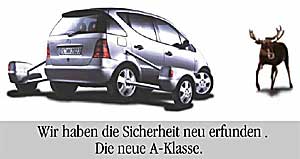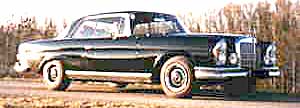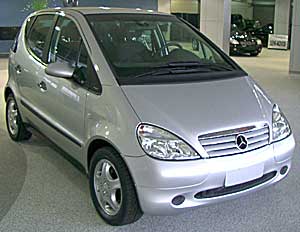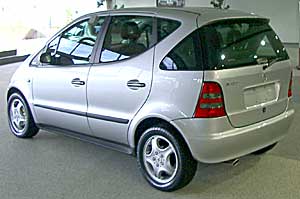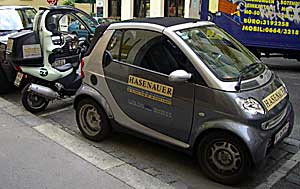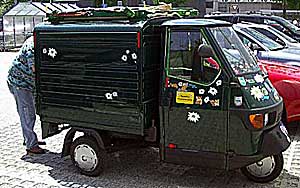Remember the recent story when Thailand’s Finance minister got trapped inside his BMW?
A high-ranking Thai official was forced to crawl out of the shattered windows of his luxury car following an onboard glitch that sealed all exits.
BMW has told CNETAsia that an electronic fault caused the problem, rather than a system crash of the car’s Windows-based central computer, as other reports have speculated.
In Prague, another Brazilian couple was staying at the same hotel we were in. They did one of those fly&lease plans and, as a part of that, had leased a brand-new Renault Mégane:

This is one of those computer-controlled new cars; a complicated dashboard display, no car keys or ignition, everything’s done by a keychain remote control. Very nice while it works…
It seems they drove into the parking lot with headlights on, got out, and turned the car off with the remote. One of them put the remote into a pocket where it presumably pressed again by mistake while they were going away. The result: the car was completely unlocked (including the trunk) and the headlights were turned on again.
In the morning, after checking out of the hotel, the car was completely dead. Nothing worked, all doors and the trunk were open. A helpful camper owner offered to help jump-start the car with the usual jumper cables; after connecting them and running the camper’s motor for several minutes, the Renault worked again, or at least partly; the lights could be turned on and off. However, the doors wouldn’t lock and the car wouldn’t start either; the dashboard kept displaying a message to “Call Service”.
We helped them look through the lease papers and located a service number in France. When we left, they’d already been on hold for over half an hour (at 2 Euros per minute!). Today, they called us and told the rest of the story…
It seems that once they succeeded to get a real live person on the phone in France, things happened very quickly. They said where they were in Prague and in about 45 minutes the local Renault dealer sent a repairman. He installed a new battery and reset the computer. They immediately got into the car and drove all the way into Austria, where they have relatives; they were afraid to turn the car off, so they left it running while tanking or eating. 😆
This turned out to be a wise precaution; after they’d parked the car in their relatives’ garage, the next day it was dead as a doornail again. After yet another visit from the local Renault repairman, everything was finally fixed… but guess if they’ll want another “smart” car again!
This is a very serious issue. Leaving aside the obvious jokes about cars, airplanes and even aircraft carriers running Windows CE, I think that onboard “smart” electronics must be smarter than that. Why didn’t the computer detect that the headlights were on, and turn them off before allowing the battery to run down past the point where the car couldn’t function?
